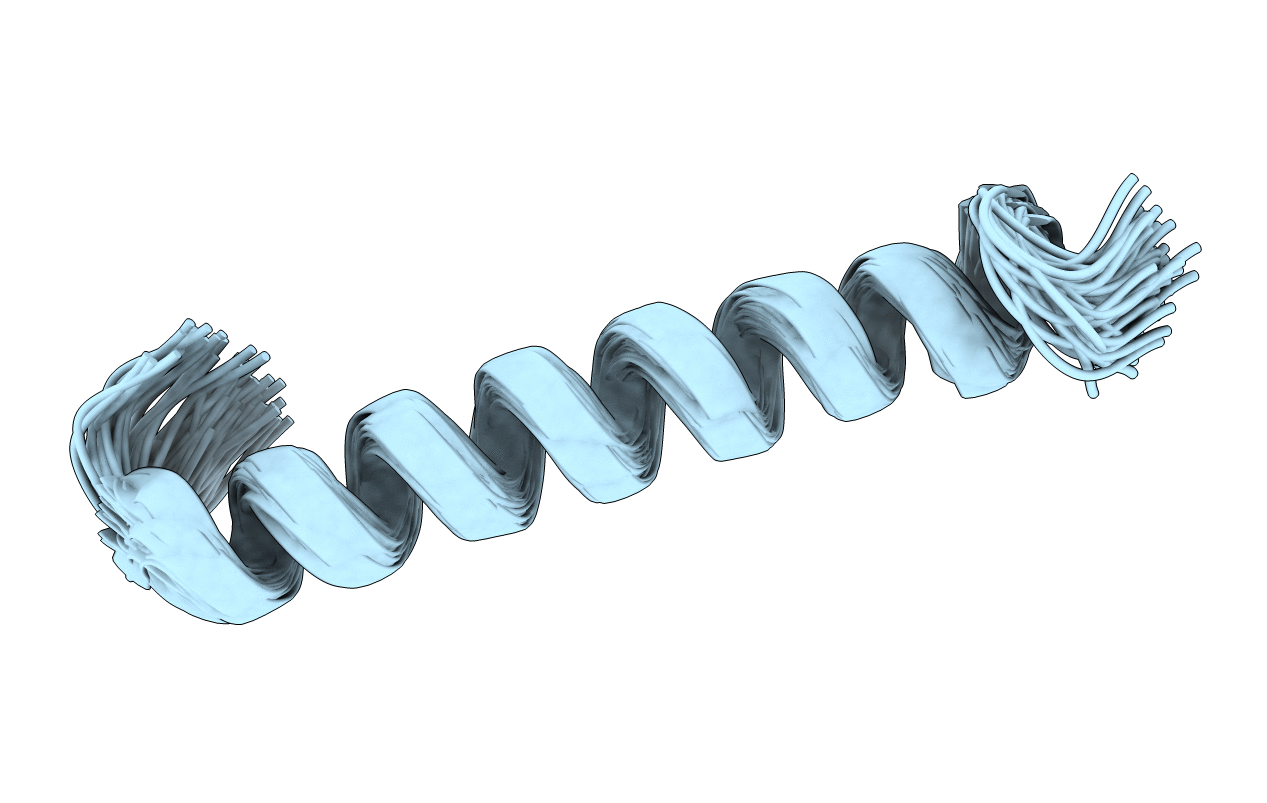
Deposition Date
2006-04-04
Release Date
2006-06-20
Last Version Date
2024-11-13
Entry Detail
Biological Source:
Source Organism:
Method Details:
Experimental Method:
Conformers Calculated:
100
Conformers Submitted:
100
Selection Criteria:
periodically sampled unrestrained molecular dynamics structures


